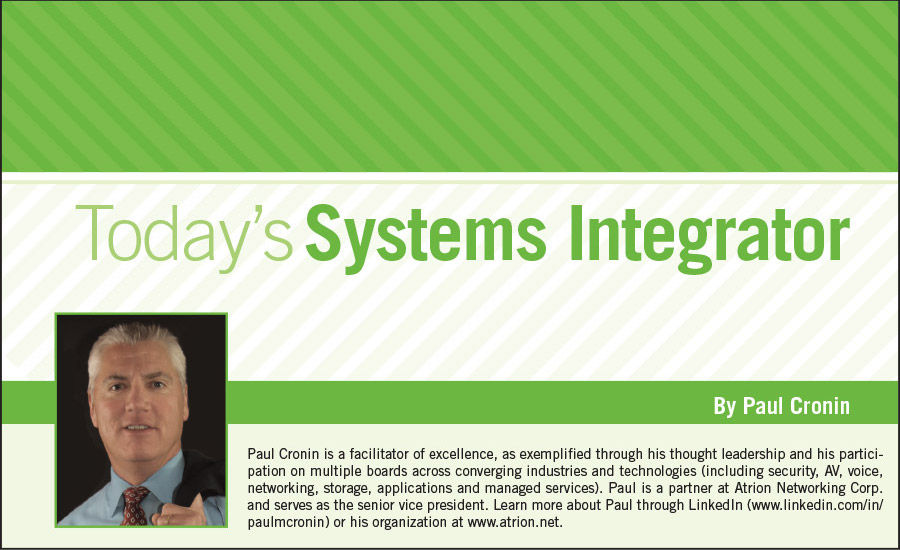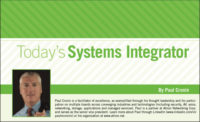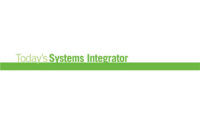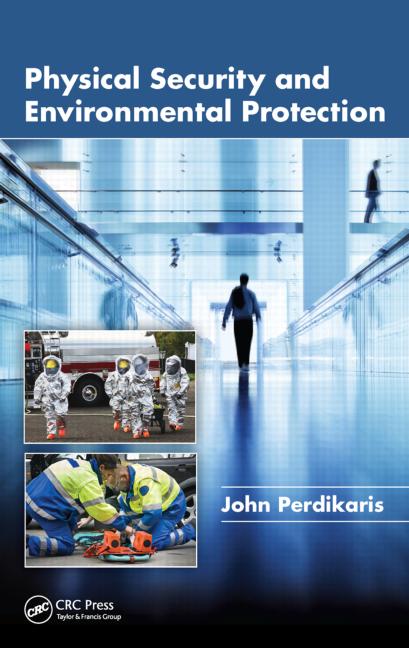I was sitting in a leadership meeting , planning for the upcoming year, when our chief intelligence officer (CIO) came in and said what every business owner would love to hear: “I believe I can grow revenue 30 percent without hiring anybody.” Yes, people sat up in their chairs but everybody had the same expression — tell me more.
Dave is a Mensa, which means his IQ is in the top 2 percent of the population (www.mensa.org). He is always stretching our minds, but this time he took us somewhere that we had never thought of strategically.
He analyzed our client base and our sales staff selling motions and identified 25 key questions (below) to assess the value of our client relationships. He classified the clients into A, B, C and F based on the ability to answer “yes” to each of the questions.
A – The answer to the questions were “Y” for 22 or greater.
B – The answer to the questions were “Y” for 16 to 19.
C – The answer to the questions were “Y” for 12 to 15.
F – The answer to the questions were “Y” for less than 12.
Dave identified the As and what made them such strong clients and he set the bar for the areas of development that were needed to move up the Bs and Cs. He made a very strong point that “F” stood for fire them! Dave’s research identified that the F clients were taking up sales and presale engineering time and that A and B clients needed more support and weren’t getting it.
The brutal facts showed us that we needed to aggressively work to move C and B clients to As by turning each question into a Y.
“We would begin to move away from the Fs immediately. First, we had the hard discussion indicating our direction had changed and what it would take for them to become As. Second, we transitioned them to inside sales and then over time we stopped calling on them.”
In two years we grew revenue by 81 percent, increased our A-level clients from 22 to 40, reduced our clients from 400 to 200, and lowered the amount of clients a salesperson supports from 40 to under 20. We continue to evaluate the clients every six months.
Dave proved that it isn’t about having more clients; it is about having fewer clients, but the right ones. Run your clients through this test and let me know what you find.
Evaluating Client Relationship Criteria |
|
Revenue over the last year is in the top 40% of all clients. |
|
Margin over the last year is greater than 25%. |
|
Revenue for the last two years is in the top 50% of clients. |
|
Margin average for the last two years is greater than 20%. |
|
Opportunities do not go through an RFP process. |
|
Service to product mix is greater than 50%. |
|
You are highly differentiated from your competitor in this account. |
|
The client buys your high valued services – managed services, other. |
|
The client buys the higher margin products from your portfolio. |
|
The primary contact is the decision maker. |
|
If the primary contact left you are positioned to continue doing business. |
|
There is a relationship between your senior executives and the client’s. |
|
You can use this client for a strong executive referral at any time. |
|
The client has referred you to two other clients in the last 12 months. |
|
The client visits your corporate headquarters twice a year. |
|
The client is in the vertical market that you focus on. |
|
The client attends your client advisory board meetings. |
|
Your sales representative sells to multiple client business units. |
|
Your average sales closure process is less than 60 days. |
|
Your percentage of proposal to close rate is greater than 75%. |
|
The client pays in less than 45 days. |
|
The client likes to lease versus buy. |
|
The client engages with you in proactive account planning meetings. |
|
The client attends more than 75% of your events. |
|
If your salesperson left they would continue to do business with you. |
Use these 25 key questions to assess the value of your client relationships, then classify your clients into A, B, C or F based on frequency of “yes” answers.








